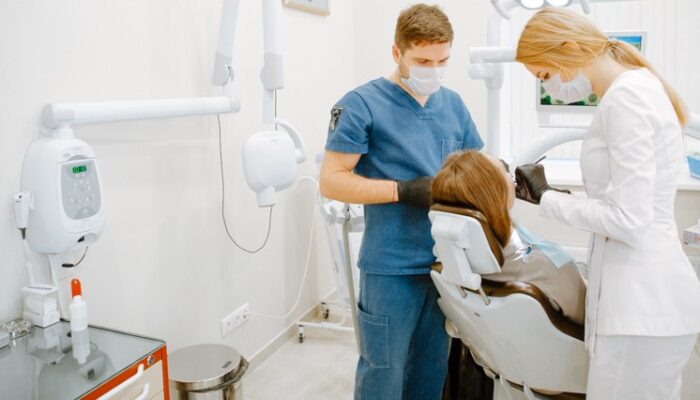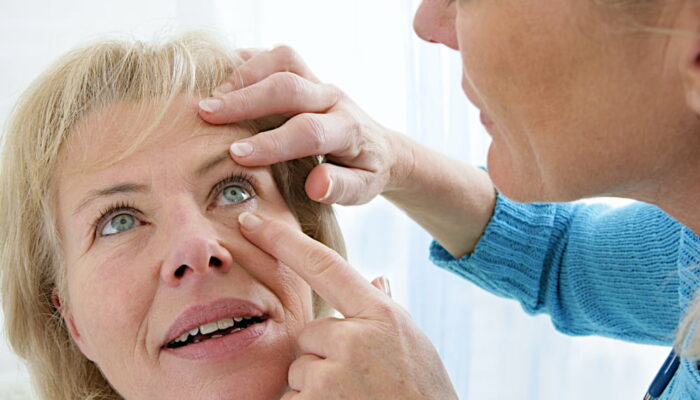
health
6 silent signs of liver cancer to never ignore
Liver cancer refers to a malignant tumor in the liver. Hepatocellular carcinoma is the most common type of the condition, which begins in the hepatocytes (the main functional liver cells). Liver cancer has emerged as the third leading cause of cancer death worldwide. One must identify its symptoms as early as possible for timely diagnosis and treatment. Here are a few silent signs of the disorder that shouldn’t be ignored. Persistent pain Liver cancer typically causes pain in the upper right abdomen, the back, or the right shoulder. This pain may be characterized as dull and persistent and may be accompanied by swelling in the abdomen. Unexplained fullness and loss of appetite An accumulation of excessive fluid in the abdomen can cause one to feel unusually full, even if they have not eaten well. Such fullness and loss of appetite, accompanied by other signs, may point toward liver cancer. Yellowing of the eyes and skin Yellowing of the eyes and skin indicates the liver is unable to process a substance called bilirubin. It may be a sign of liver cancer and should not be ignored. A hard lump under the right rib A hard lump under the right rib may indicate the presence of a tumor in the liver or a swelling of this organ.
Read More 








